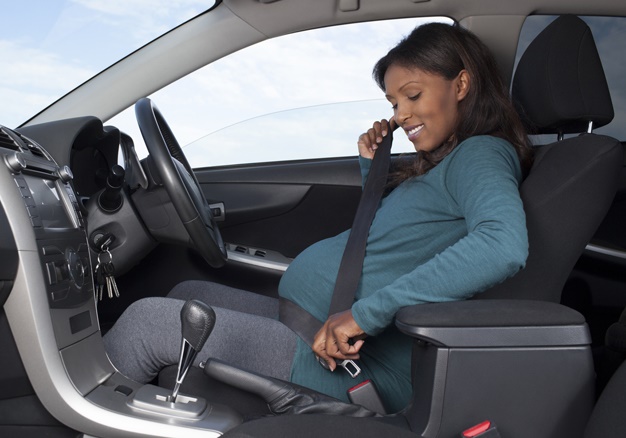Driving during pregnancy is not restricted by doctors or traffic authorities, as long as the pregnancy is normal.

However, you have to consider some issues to travel safely and not expose yourself to risks.
Due to the great physical and daily changes in women during pregnancy, it is important to take into account some advice so that driving does not generate discomfort or discomfort during this stage.
1. Adapt the space in the driver’s seat to accommodate the body and adopt a comfortable posture.
2. Always use the seat belt, either as a driver or passenger. The upper strap should go through the collarbone and between the breasts, and the lower strap should go over the hip, never over the belly. If the belt is properly placed it does not have to disturb or harm the baby.
3. The airbag must be at a minimum distance of 20 to 25 cm between the body and the steering wheel.
4. Adjust the height of the seat and the steering wheel so that the airbag does not direct towards the belly in case of an accident.
5. On long trips, make stops every 90 minutes to rest and verify that the pregnant woman feels well to continue.
If the pregnant woman travels as a passenger, she must use the seats where the seat belts are three points, and have loose spaces.
6. Avoid making abrupt maneuvers such as accelerating and decelerating constantly. That can cause nausea.
It is possible to drive during pregnancy, as long as appropriate measures are taken. It is a natural process, so you do not have to prevent yourself from leading to normal life and carrying out your usual activities, including traveling and driving.
As each pregnancy is particular, there is no deadline that prevents driving, but it is recommended that from the 30th week of gestation more precautions be taken.














